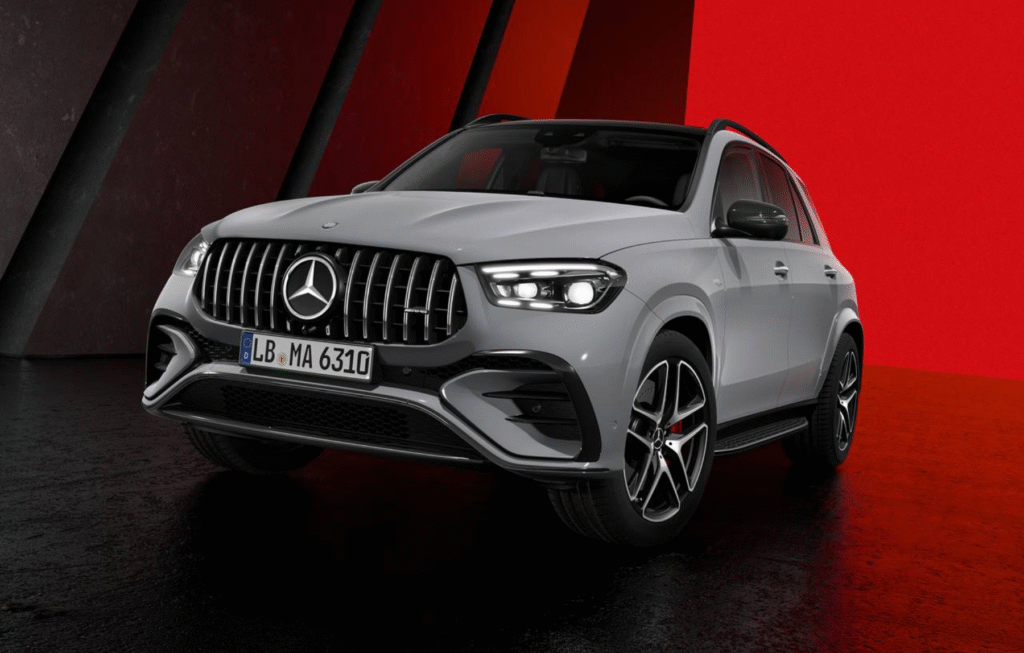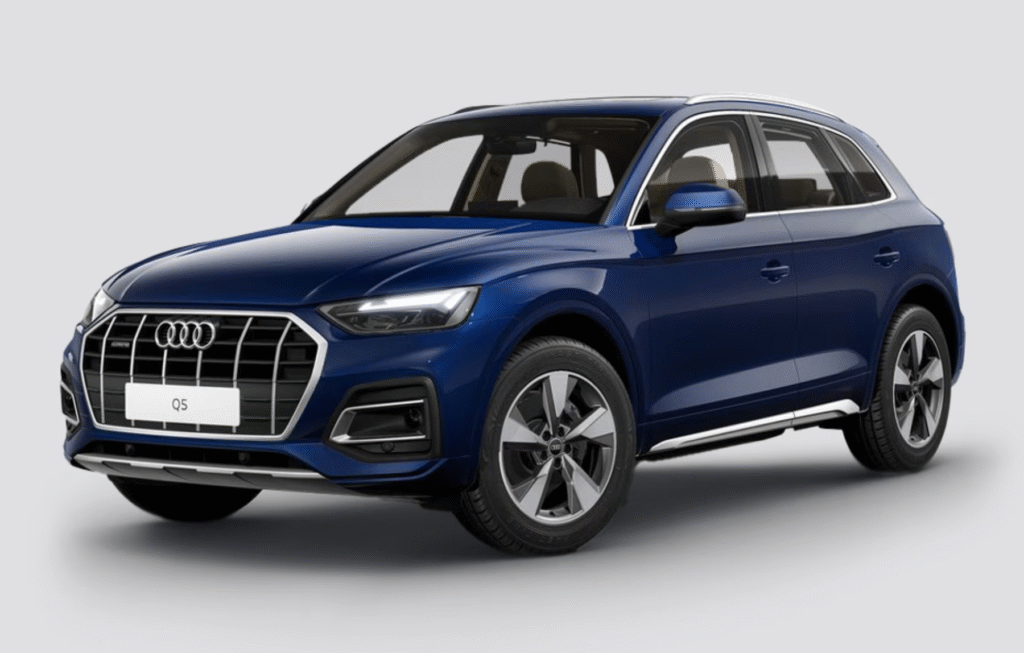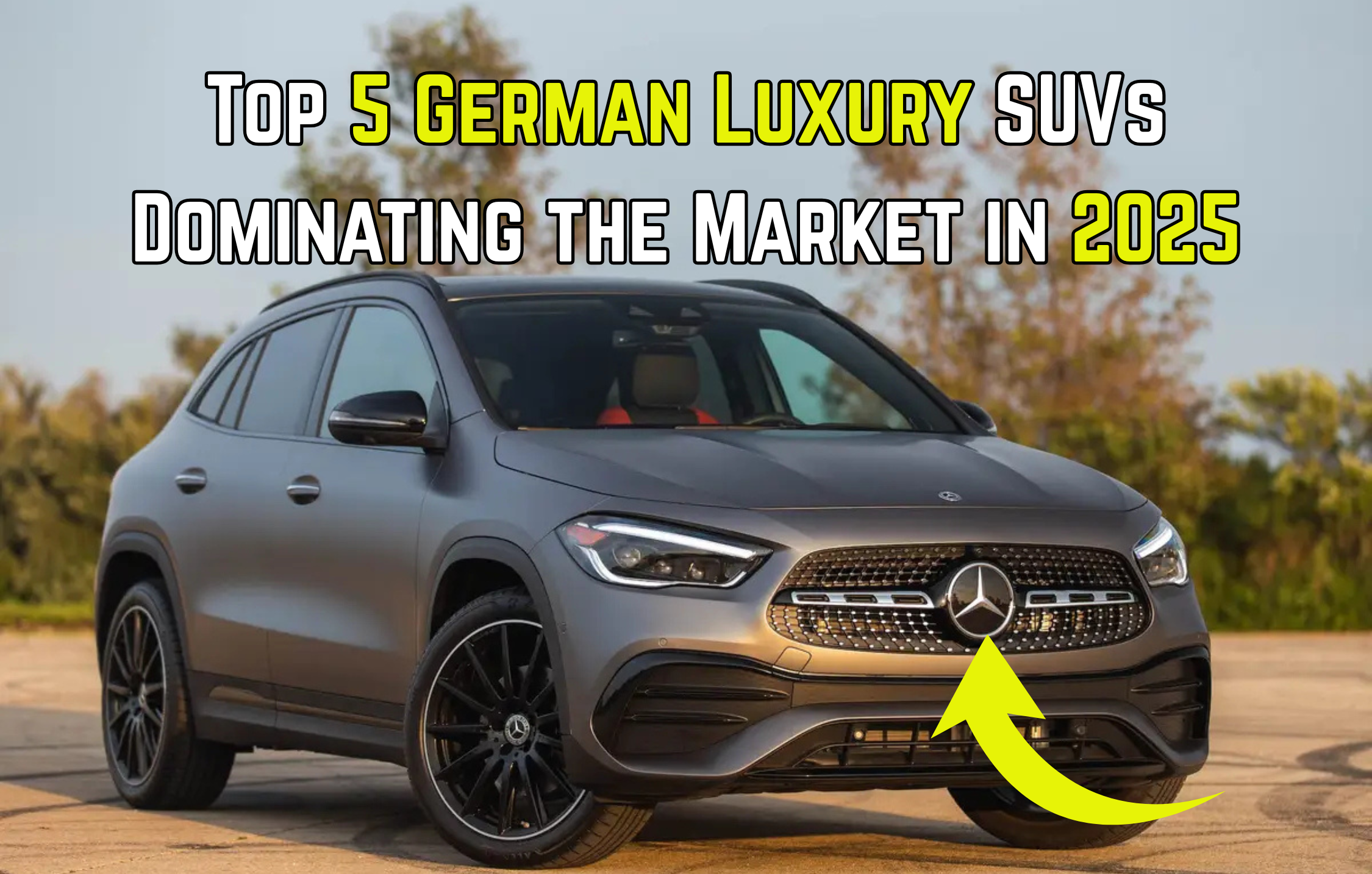What Counts as a “Luxury German SUV”
Before we list them: by “luxury German SUV,” I mean SUVs (compact, midsize, large) from luxury brands like BMW, Mercedes‑Benz, Audi, Porsche, etc., that are among the volume sellers. We exclude small crossovers with marginal luxury features, focusing instead on models whose starting prices, specs, features, and branding align with the luxury market.
Key Trends in 2025
Some of the forces shaping which luxury German SUVs are selling well:
- SUVs continue to dominate sales in many markets, especially mid‑size luxury SUVs. Buyers prefer elevated ride height, interior space, premium features.
- Hybrid and plug‑in hybrid (PHEV) versions are increasingly important. Emissions/regulatory pressure pushes makers to provide electrified options.
- Tariffs, production localization, and supply chain are increasingly relevant, especially in the U.S.—manufacturers are shifting production or planning to do so for popular models.
- Brand name & luxury features (premium interiors, driver assistance, connectivity) remain big differentiators.
- Competition from electric SUVs is rising, but many luxury buyers are still buying ICE/hybrid versions.
Top 5 Best‑Selling Luxury German SUVs in 2025
Based on available data, here are five German luxury SUVs that are topping the charts in 2025, along with what’s helping them succeed.
1. Mercedes‑Benz GLC

- The GLC is very strong in the U.S. and globally. In 2024, it sold about 64,163 units in the U.S. (for all variants), and sales have increased ~58% year‑over‑year.
- It’s currently Mercedes’ most popular imported vehicle in the U.S.
- Factors helping its success: compact‑luxury SUV size hits the sweet spot for many buyers, option for hybrid powertrains, good mix of luxury features, brand prestige, and availability. Also, production is being shifted to the U.S. (Tuscaloosa, Alabama) by 2027 to reduce import/tariff costs.
- Challenges: competition is intense in the segment from BMW X3/X4, Audi Q5, and newer electric offerings.
2. BMW X5
- The X5 remains one of BMW’s biggest volume sellers in the luxury SUV space. For the first half of 2025, it sold about 33,588 units in the U.S., placing it ahead of several rivals.
- It sees consistent demand due to its strong reputation: good performance, luxury interiors, optional features, strong brand image. Buyers who want more space, towing capacity, and prestige tend to pick the X5.
- The X5 also has versions with hybrid/plug‑in powertrains that appeal to buyers wanting improved fuel economy or lower emissions.
- Threats: higher competition, especially from electric rivals; higher cost of ownership; people shifting more toward compact luxury SUVs or crossovers in some markets.
3. Mercedes‑Benz GLE

- The Mercedes GLE is another midsize luxury SUV that sells well. In 2025, its U.S. sales are around 29,434 units through certain recent reporting periods.
- It’s a good option for buyers who want more space and comfort than compact SUVs but don’t want a full large SUV. Interiors are well‑appointed; hybrid/powertrain options add appeal.
- The GLE gets chosen often for family use, towing, etc., and benefits from strong dealer network and Mercedes’ prestige.
4. Mercedes‑Benz GLA / GLB / Small SUV Segment
- In the subcompact / compact luxury SUV segment, GLA (and to some degree GLB) are doing well. For example, the GLA had solid sales in U.S. small luxury SUV rankings.
- While they don’t hit the volumes of X5 or GLC, they are popular among buyers who want luxury badge, premium interior, but in smaller, easier to handle size.
- These models are increasingly important for automakers because of urbanization, parking constraints, and fuel economy preferences.
5. Audi Q5

- The Audi Q5 is frequently cited in salon and sales reports as one of the best‑selling luxury SUVs from a German brand. For Q1 2025 in the U.S., it had ~ 13,659 units sold, with good YoY growth.
- It balances luxury, all‑wheel drive (quattro), interior tech, and usability. Buyers who want prestige and comfort, but in a midsize SUV that is somewhat more manageable than a large luxury SUV, often choose the Q5.
- Challenges: as tariffs/import costs rise, pricing swings; also, electric variants (e‑tron etc.) are coming but need to be compelling vs ICE/hybrid equivalents.
Other Strong Contenders
While the top five above dominate, several other German luxury SUVs are doing well and worth noting:
- BMW X3: still a top competitor; compact luxury buyers like its balance of luxury, driving dynamics.
- Mercedes G‑Class: for the niche high‑end luxury SUV market; smaller volume but prestige, image, and often strong growth. For example, G‑Class sold >10,000 units in the U.S. in 2024.
- Audi Q7 / Q8: larger premium SUVs, though their numbers are lower versus midsize rivals due to their higher prices, lower fuel economy, etc.
What’s Pushing Sales & What Could Hold Them Back
Drivers of Strong Sales
- Electrification / Hybridization: Luxury buyers are now expecting hybrid or plug‑in hybrid or even EV versions; models that offer those tend to be more competitive.
- Feature value: premium interiors, driver assistance systems, infotainment, comfort / luxury options. Buyers willing to pay more if the tech is right.
- Brand reputation: German brands still enjoy prestige, which helps in luxury segments.
- Localization of production: Shifting production to U.S. or other large markets helps reduce costs, avoid trade issues/tariffs. Eg. GLC production moving to Alabama.
- Trim options & diversity: Offering several powertrains, body styles (coupe‑SUV, etc.), luxury versus sport variants.
Challenges and Risks
- Cost pressures & tariffs: Import tariffs or trade tensions can raise prices, reduce margins. Some German SUVs are affected by U.S. import duties.
- EV competition: New entrants from EV‑driven brands (Tesla, Asian EVs, as well as in‑house electric German SUVs) put pressure on ICE & hybrid luxury SUVs. Buyers may prefer electric luxury SUVs with longer range, etc.
- Fuel economy / emissions regulation: In many countries, regulation is pushing toward zero‑emissions or low emissions; luxury SUVs that don’t meet future norms may be penalized or face stricter compliance costs.
- Shifts in buyer preferences: Smaller, more efficient SUVs or crossovers, more emphasis on sustainability; growth of electric luxury SUVs.
Looking Ahead / What to Watch
- How fast the electric luxury SUVs from German makers (e.g., fully electric GLC EQ, or Audi e‑SUVs) scale up, whether they can match the sales of ICE/hybrid rivals.
- Impact of production relocation (for example GLC moving to U.S.). Will that reduce prices, increase supply, improve margins?
- Whether supply chain, component shortages, or material costs (batteries, EV infrastructure) slow down shifts to EV/hybrid models.
- Consumer reaction to pricing changes — especially as manufacturers adjust pricing (for example to offset tariffs or to introduce more EV/hybrid variants).
- Government policies on subsidies, clean vehicle incentives, emissions regulations — these will strongly affect what buyers prefer and what sells.
Summary
Putting it all together, the top five best‑selling luxury German SUVs in 2025 (especially in the U.S.) appear to be:
- Mercedes‑Benz GLC — rising fast, very popular, shifting production to U.S.
- BMW X5 — staples of the midsize luxury SUV segment, strong sales.
- Mercedes‑Benz GLE — more room, comfort, appeal for families.
- Smaller luxury SUVs like GLA / GLB (Mercedes) — growing importance in compact luxury segment.
- Audi Q5 — steady, popular midsize option with good balance of features, luxury, AWD etc.
